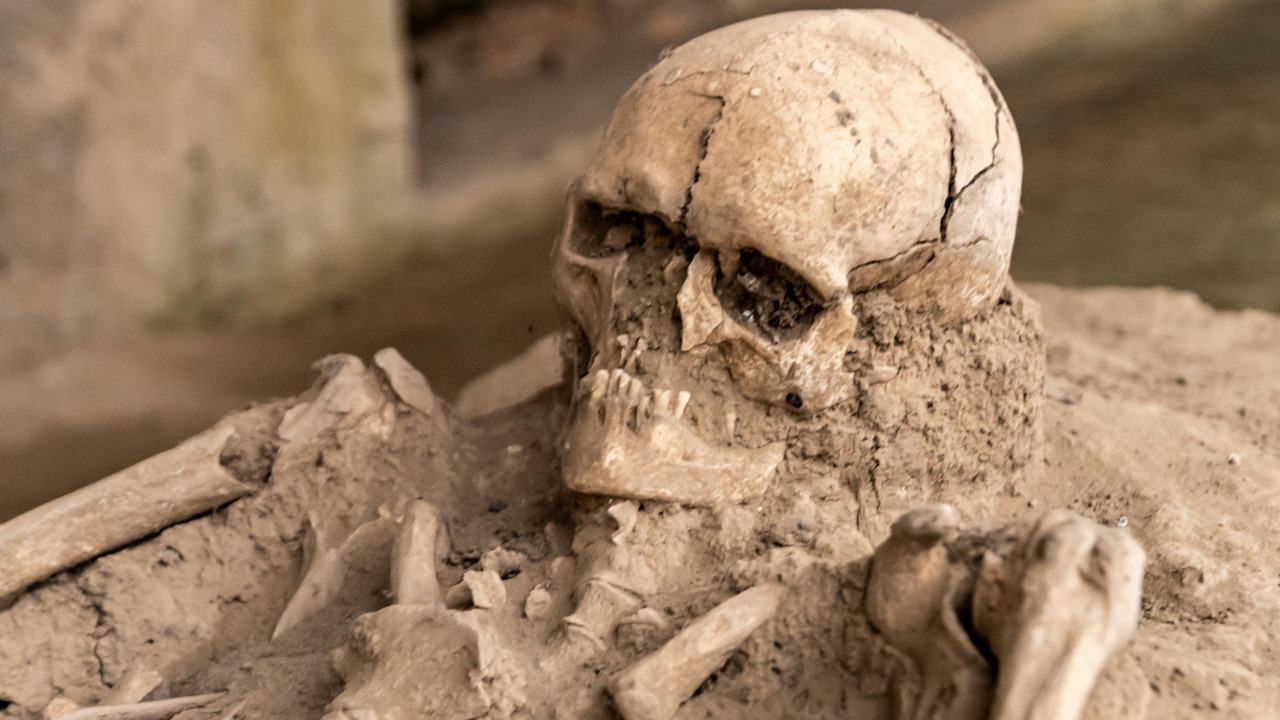
When Napoleon Bonaparte led his Grande Armée into Russia in 1812, the narrative of their downfall has long been attributed to the harsh winter and relentless Cossack attacks. However, recent scientific discoveries are challenging this historical account. DNA analysis of teeth from fallen soldiers reveals that infectious diseases, including typhus and dysentery, were the primary culprits, decimating the majority of the force before the infamous retreat even began. This groundbreaking revelation is reshaping our understanding of the true cause behind the catastrophic failure of Napoleon’s Russian campaign.
Napoleon’s 1812 Russian Invasion
Napoleon’s Grande Armée, a colossal force of over 600,000 troops from France and its allies, crossed the Niemen River into Russia on June 24, 1812. Their objective was to compel Tsar Alexander I into submission. The initial stages of the campaign saw the French forces capture Smolensk and triumph at the Battle of Borodino on September 7, 1812. Despite suffering heavy casualties, the French pressed on towards Moscow. However, this overconfidence led to a disregard for the vulnerabilities of their supply lines, a factor that would later contribute to their downfall.
Archaeological Unearthing of Remains
In 2001, an excavation near Vilnius, Lithuania, unearthed a mass grave containing the skeletons of over 100 soldiers. Based on uniform buttons and artifacts dated to late 1812, the remains were believed to be from Napoleon’s retreating army. These remains, preserved in a former lakebed, provided ideal conditions for DNA recovery. Teeth were selected for analysis due to their durability and the enamel’s protection of pulp.
Challenges in Ancient DNA Extraction
Extracting DNA from ancient remains is fraught with technical challenges. Contamination risks from soil bacteria and degradation over two centuries had to be addressed through sterile lab protocols and targeted amplification of microbial DNA from tooth pulp. Scientists used shotgun metagenomics to sequence all genetic material, identifying both human and pathogen sequences from samples of at least 20 individuals.
Pathogens Detected in the Teeth
The analysis revealed the presence of Rickettsia prowazekii, the bacterium causing epidemic typhus, in multiple samples. This bacterium is known to spread via lice in crowded, unsanitary conditions. Evidence of Yersinia pestis, linked to plague, and other enteric pathogens like those for dysentery, indicated that gastrointestinal outbreaks ravaged the troops. These microbes matched strains circulating in 19th-century Europe, further confirming their origins.
Disease’s Role in the Army’s Collapse
These diseases struck early, with typhus infecting up to 70,000 soldiers by September 1812, weakening units before the Moscow fire and retreat. The harsh conditions of the campaign, where malnourished troops in tattered uniforms became ideal hosts for lice-borne illnesses during the 1,000-kilometer march back, exacerbated the situation. Non-combat deaths exceeded battle losses by a factor of 10, underscoring the devastating impact of these diseases.
Shifting Historical Interpretations
Prior narratives, such as those in Adolphe Thiers’ 19th-century accounts, overemphasized the role of weather and heroism, downplaying the impact of disease due to limited medical knowledge at the time. These new findings highlight the importance of sanitation in military strategy, showing how its neglect led to a faster collapse than enemy action, and influencing views on Napoleon’s tactical hubris.
Lessons for Contemporary Research
This DNA approach could be applied to other historical events, such as analyzing victims of the Black Death or soldiers in World War I trenches for pathogen insights. However, ethical considerations, including debates over the repatriation of the Vilnius remains and the balance between scientific gain and respect for the dead, must also be taken into account. These findings have significant implications for advancing paleopathology techniques and our understanding of historical events.
More from MorningOverview